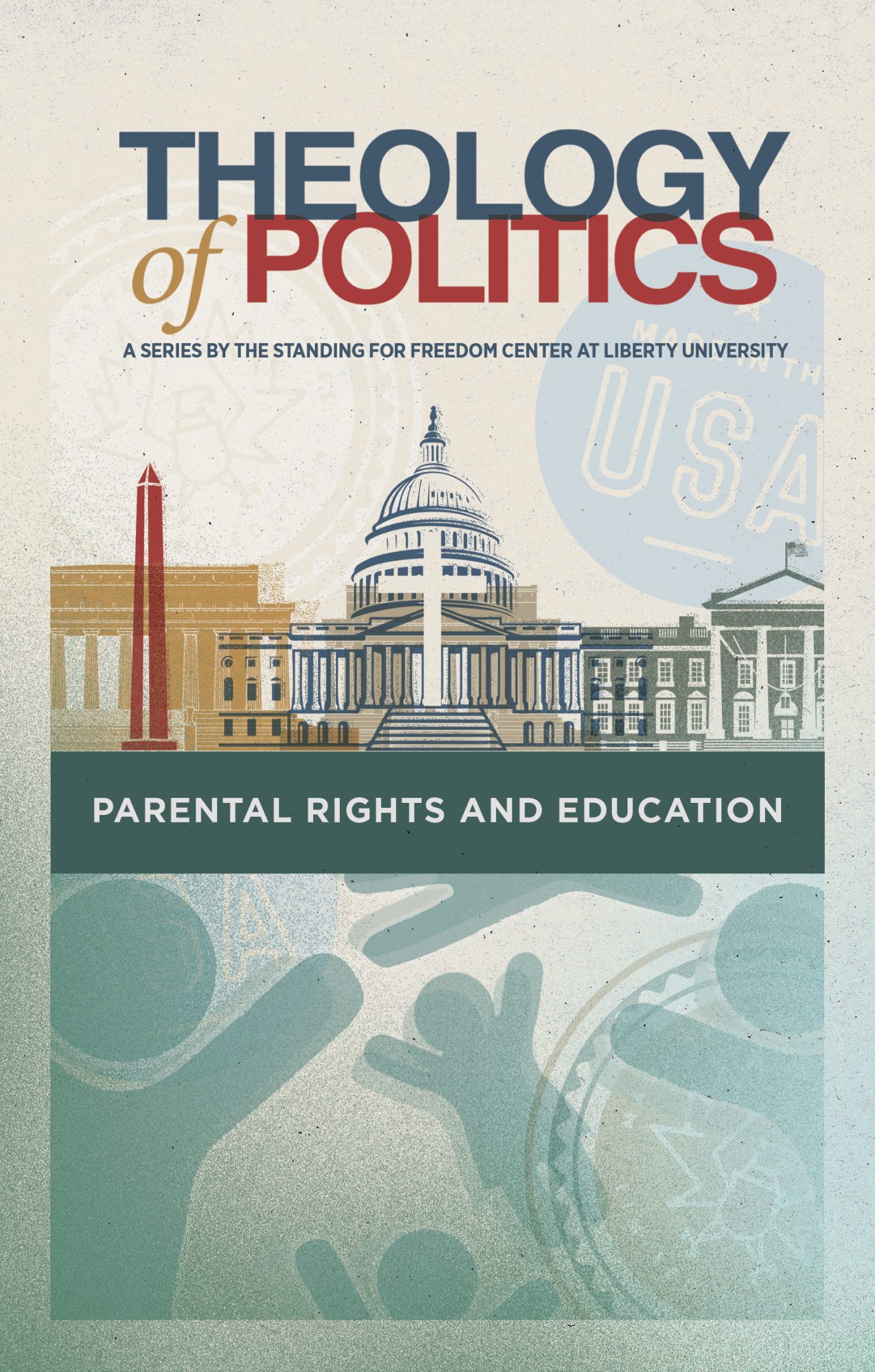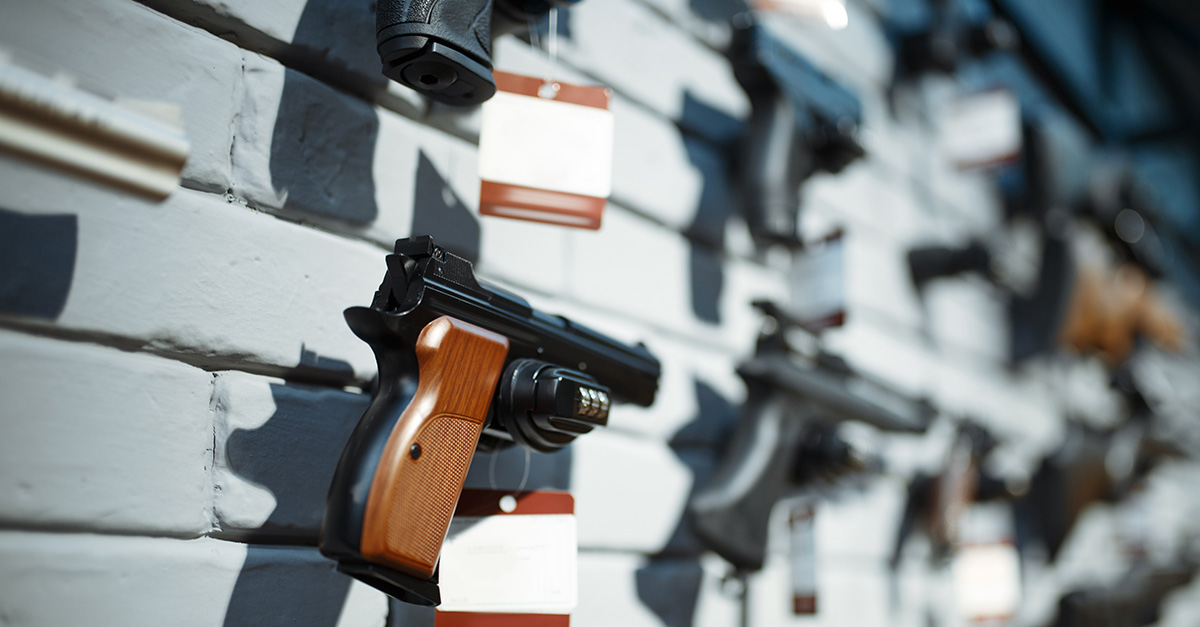


Get a free copy of Parental Rights & Education when you subscribe to our newsletter!

“The government cannot credibly argue that handguns without CLI, MDM, and microstamping features pose unacceptable public safety risks when virtually all of the handguns available on the Roster and sold in California today lack those features.”
–JUDGE CORMAC CARNEY
A federal judge has granted a preliminary injunction blocking three safety requirements on new guns for sale in California, ruling that they violate the Second Amendment.
The injunction blocks the chamber load indicator (CLI), magazine disconnect mechanism (MDM), and microstamping safety features that the California Unsafe Handgun Act (UHA) mandates. U.S. District Judge Cormac J. Carney, an appointee of George W. Bush, ruled,
“Californians have the constitutional right to acquire and use state-of-the-art handguns to protect themselves. They should not be forced to settle for decade-old models of handguns to ensure that they remain safe inside or outside the home. But unfortunately, the UHA’s CLI, MDM, and microstamping requirements do exactly that. Because enforcing those requirements implicates the plain text of the Second Amendment, and the government fails to point to any well-established historical analogues that are consistent with them, those requirements are unconstitutional and their enforcement must be preliminarily enjoined.”
The UHA, passed in 1999, bans the manufacture or sale of any handgun deemed unsafe. Handguns that do not meet safety requirements are labeled unsafe. Handguns that have been tested by a certified testing laboratory and have been considered not “unsafe” are added to a list of handguns that can be bought. The General Assembly may amend the safety features necessary, but guns that were already on the list of permitted guns are grandfathered in and are allowed to be sold even though they are considered “unsafe.”
In 2007, two “safety features designed to limit accidental discharges that occur when someone mistakenly believes no round is in the chamber” were mandated for new handguns to be sold. The chamber load indicator (CLI) is a device that indicates a round is in the firing chamber, while the magazine disconnect mechanism (MDM) stops the firearm from going off if the detachable magazine is not in the gun.
Only 32 handguns have been certified for purchase since the CLI and MDM were mandated; however, 800 handguns that are grandfathered in also do not have either of the safety features.
In 2013, microstamping, which mandates that “each such pistol must imprint . . . microscopic arrays of characters that identify the make, model, and serial number of the pistol onto the cartridge or shell casing of each fired round” was added as a necessary device. Carney wrote,
“Since 2013, when the microstamping requirement was introduced, not a single new semiautomatic handgun has been approved for sale in California. That is because the technology effectuating microstamping on a broad scale is simply not technologically feasible and commercially practical. The result of this is that when Californians today buy a handgun at a store, they are largely restricted to models from over sixteen years ago.”
Every handgun in California is deemed “unsafe” because no handgun has all three of these features; the only handguns that can be “legally” purchased by Californians are grandfathered in and were manufactured before 2013.
Carney’s ruling followed the test handed down in the Supreme Court’s decision in New York Pistol & Rifle Association, Inc. v. Bruen, which says,
“To justify its regulation, the government may not simply posit that the regulation promotes an important interest. Rather, the government must demonstrate that the regulation is consistent with this Nation’s historical tradition of firearm regulation.”
Carney found that the state’s attempts to prove its gun safety measures are in keeping with Bruen didn’t hold up.
The judge also pointed out the contradiction in the exemptions to law enforcement and others the state grants. He wrote,
“The government cannot credibly argue that handguns without CLI, MDM, and microstamping features pose unacceptable public safety risks when virtually all of the handguns available on the Roster and sold in California today lack those features. Similarly, if Off-Roster firearms were truly unsafe, California would not allow law enforcement to use them in the line of duty, when the stakes are highest. But the substantial majority of California’s law enforcement officers use Off-Roster handguns in the line of duty…If CLIs and MDMs truly increased the overall safety of a firearm, law enforcement surely would use them. But they do not. Instead, they choose to use ‘newer, improved and safer generations of handguns’ that are Off-Roster.”
Carney stayed his decision for 14 days to give California time to appeal. Attorney General Rob Bonta stated, “The fact of the matter is, California’s gun safety laws save lives, and California’s Unsafe Handgun Act is no exception.”

Carjackings, homicides, and home invasions are a routine occurrence in California, particularly in Los Angeles and San Francisco, and many of those crimes are committed by repeat offenders using illegal guns. Yet, instead of allowing Californians to fully exercise their Second Amendment right to effectively protect themselves and their families against harm, California authorities believe it would be better to force people to rely on outdated guns manufactured at least a decade ago. Meanwhile, newer, more powerful firearms are being trafficked across state lines and the border with Mexico for use by gangs, cartels, and career criminals.
The Bible is clear that people can and should protect themselves and their family against those who attack them (Exodus 22:2, Luke 11:21, Nehemiah 4:17-18), which is why the Founding Fathers included the Second Amendment in the Constitution as an inalienable right — in other words, a God-given right.
In writing the majority opinion in the Bruen case, Justice Clarence Thomas stated,
“The constitutional right to bear arms in public for self-defense is not ‘a second-class right, subject to an entirely different body of rules than the other Bill of Rights guarantees.’ The exercise of other constitutional rights does not require individuals to demonstrate to government officers some special need. The Second Amendment right to carry arms in public for self- defense is no different.”
Under Bruen, the burden is on the government to prove that its regulations are constitutional. In this case, they failed. Judge Carney made the right ruling in blocking these mandates, one that not only upholds the right of the people to keep and bear arms but also ensures that the government does not unduly and illegally infringe upon those rights.
Ready to dive deeper into the intersection of faith and policy? Head over to our Theology of Politics series page where we’ve published several long-form pieces that will help Christians navigate where their faith should direct them on political issues.
